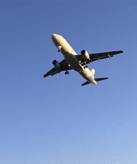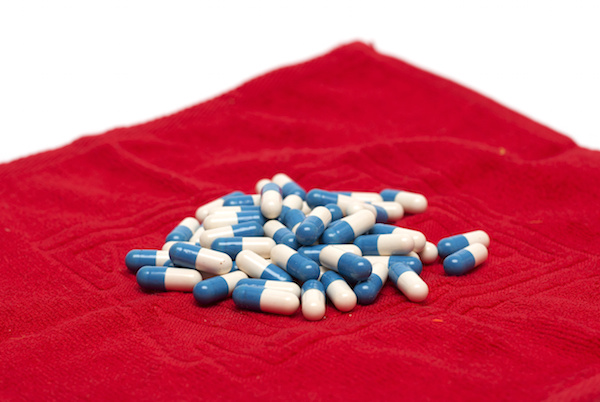
FRIDAY, March 15 (HealthDay News) — For most passengers, airline travel is safer than ever these days. But for people with peanut or tree-nut allergies, a routine flight can end in disaster.
Many airlines still serve peanuts and tree nuts, or snacks and meals that contain these products, which can cause severe reactions in allergic travelers.
An international online survey completed by 3,200 passengers revealed that 349 had suffered an allergic reaction during an airline flight, according to a new study.
Although the risk of an in-flight reaction is small, “it’s hard to imagine a more helpless situation than having a reaction while you’re at 35,000 feet in an airplane,” lead study author Dr. Matthew Greenhawt, of the Food Allergy Center at the University of Michigan, said in a university news release.
“This study identifies some things passengers can do to reduce their anxiety,” Greenhawt said. “We want them to fly. It can help improve their quality of life.”
Passengers who took certain precautions were much less likely to have suffered an allergic reaction while flying, the study authors found. These measures included:
- Requesting any type of allergy-related accommodation
- Requesting a peanut/tree nut-free meal
- Cleaning their tray table with a sanitizing wipe
- Avoiding use of airline pillows and blankets
- Requesting a peanut/tree nut-free buffer zone
- Requesting that other passengers not eat products with peanuts or tree nuts
- Not eating airline-provided food
The study was published in the March issue of the Journal of Allergy and Clinical Immunology-In Practice.
“Flying with a peanut/tree nut allergy is equal parts frustrating and frightening for allergic passengers,” said Greenhawt. These passenger-initiated behaviors may help concerned patients planning to fly commercially, he added.
Another finding of the study was that a common and effective treatment for severe allergic reactions — epinephrine — is underused on airline flights. Only 13 percent of the passengers who suffered an allergic reaction received epinephrine.
“Despite that 98 percent of passengers had a personal source of epinephrine available, epinephrine was underused to treat a reaction,” Greenhawt said. “Flight crews were not always readily alerted to reactions when they occurred [50 percent of cases], but interestingly, when they were notified, it was associated with a higher odds that epinephrine was used to treat the reaction.”
He said he hopes the findings inspire airlines to consider how they could work with passengers to reduce risk. Perhaps one solution is to train crew to be more proactive, Greenhawt concluded.
More information
Food Allergy Research & Education provides advice on how to manage food allergies while traveling.

